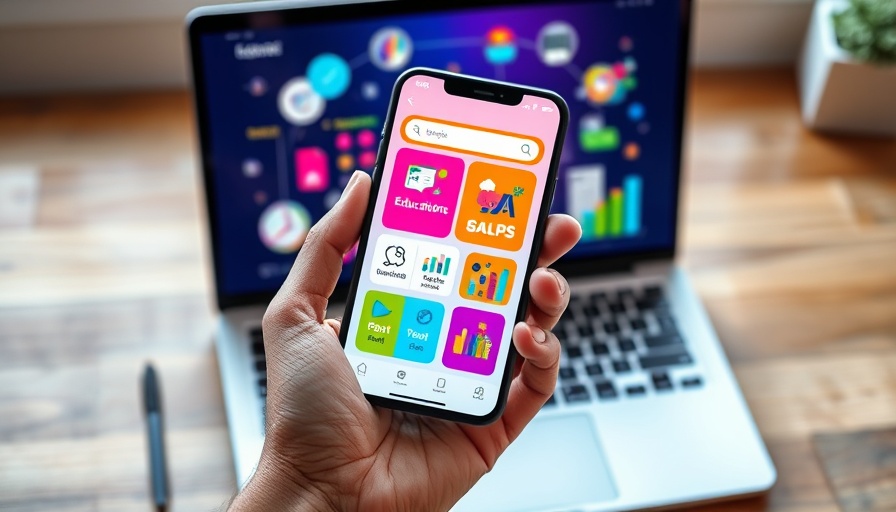
Empowering Financial Knowledge in the Digital Age
In today's fast-paced digital world, financial literacy is more vital than ever. As parents seek to equip their children with essential money management skills, traditional methods like using piggy banks and cash allowances have evolved into innovative technology solutions. Various mobile apps have emerged as effective tools for teaching kids about finances, transforming the way children learn about saving, budgeting, and investing.
Why Financial Literacy Matters
Understanding money management is crucial for lifelong success. Financial literacy enables children to make informed decisions and develop healthy financial habits that can last a lifetime. Teaching kids about financial concepts such as saving, spending, and investing at an early age can significantly impact their future behavior regarding money, helping them avoid common pitfalls like debt and impulsive spending.
Popular Money Apps to Consider
Choosing the right app can be daunting for parents. Here are four highly-rated options that incorporate engaging features to make learning about money fun and interactive:
- Greenlight: A practical debit card intended for kids and teens, Greenlight allows parents to manage permissions, while kids learn the responsibilities associated with spending. The app includes savings goals and investment options, fostering financial independence with parental guidance.
- Chime: Targeted toward older children, Chime offers a sleek mobile banking experience with educational content. It encourages financial responsibility while allowing kids to earn interest on savings and track their spending habits.
- BusyKid: More than just a budgeting app, BusyKid teaches the value of earning, saving, and spending through chores. Kids can earn an allowance linked to their tasks, learn about direct deposits, and even invest in real stocks.
- FamZoo: A family finance app that promotes collaboration among family members. FamZoo provides shared accounts, helping children understand family budgeting and spend responsibly with their earnings.
How to Choose the Right App for Your Child
When selecting a financial app for your kids, consider their age and unique learning needs. Look for features that promote interaction and engagement, such as games and challenges. Additionally, ensure the app aligns with your family's values and financial goals, enabling you to foster open conversations about money management.
Addressing Concerns of Screen Time
While leveraging technology for education offers rich opportunities, parents may worry about their children's screen time. Balancing educational screen usage with device-free activities is essential. Encourage your children to apply their financial knowledge in real-life situations, such as budgeting for a family outing or saving for a desired toy. This real-world application reinforces their learning, helping to diminish dependency on screens.
Incorporating Financial Education into Daily Life
Beyond apps, parents should look for practical ways to integrate financial discussions into everyday life. Visiting a bank, comparing prices while shopping, or involving children in household budgeting can greatly enhance their understanding of financial concepts. Creating a money-conscious environment encourages curiosity and dialogue around personal finance.
Conclusion: Taking Action Today
Empowering your child with financial literacy tools starts with good resources and active involvement. By utilizing money apps and engaging in everyday financial discussions, you can set the foundation for your children to grow into financially savvy adults. Don't wait—start integrating these strategies today to cultivate a relationship with money that lasts a lifetime.
 Add Row
Add Row  Add
Add 




 Add Row
Add Row  Add
Add 

Write A Comment